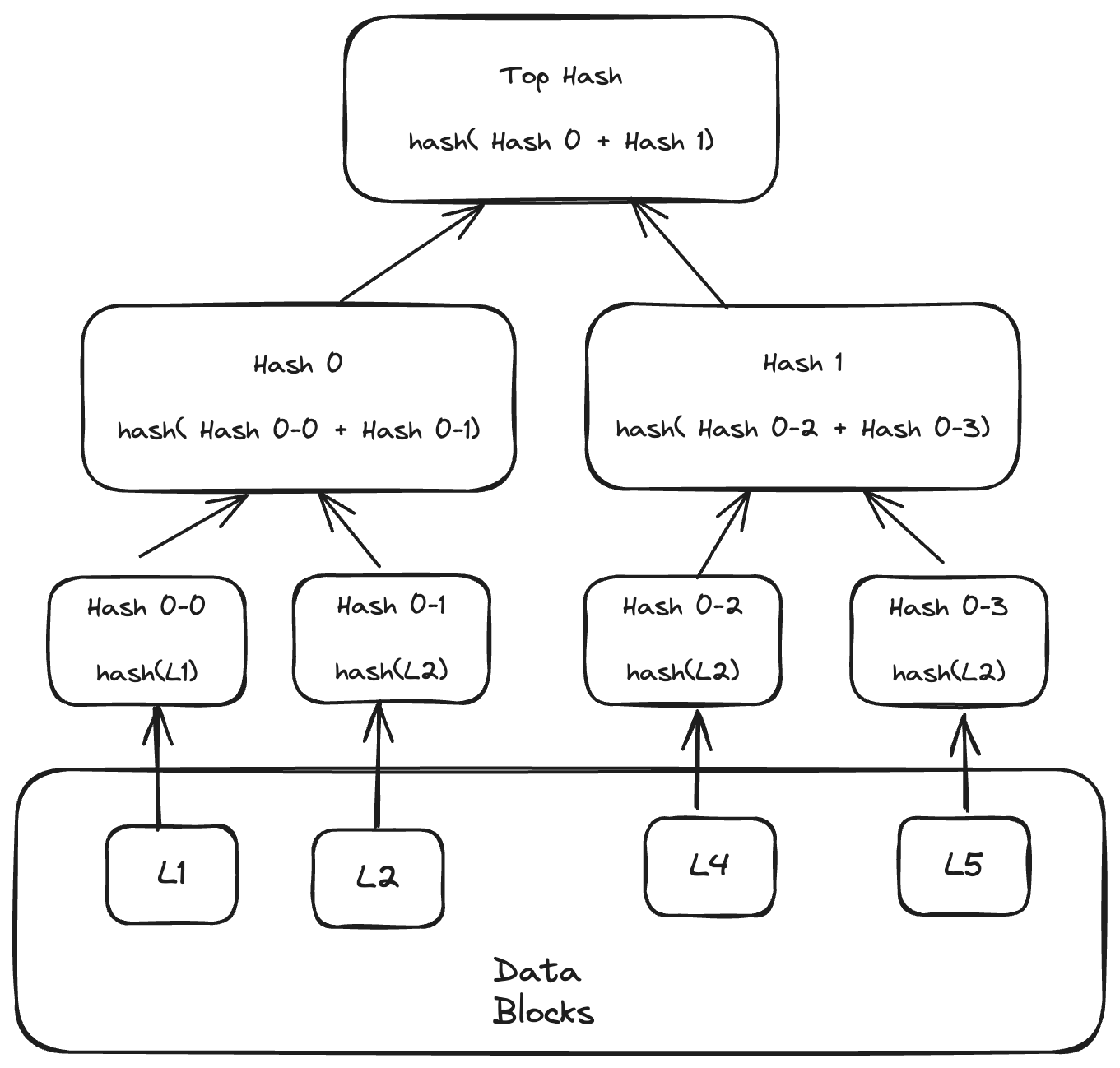To understand Proposer-Builder Separation, we must first explore how we arrived at this concept. As with most complex topics, understanding the complete history and thinking process requires delving into the early days of Ethereum itself.
In this article, we emabark on a journey through intricacies of the Proposer-Builder Separation (PBS), a grounbreaking approach altering roles within Ethereum's network. We delve into the complex world of Maximal Extractable Value and its pivotal role in the economic strategies of builders and propsers particularly focusing on how profits are generated and distributed under this model. This exploration further extends to the dynamics of profit distribution, shedding light on both the efficiency gains and the challenges it poses to equitable distribution. Beyond the immediate financial implications, we also scrutinize what these transformative changes mean for Ethereum's commitment to decentralization and its brpader blockchain community. Concluding with an overview and a forward-looking perspective, this article provies a comprehensive understanding of how the Proposer-Builder Separation is charting a new course in the world of blockchain economics.
